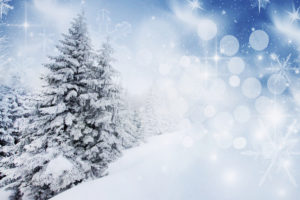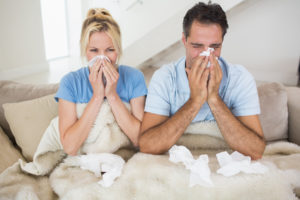Are Mold Allergies More Prevalent in the Winter?

Are Mold Allergies More Prevalent in the Winter?
With most plant life going dormant during cold weather, winter is not usually considered part of the “allergy season,” but mold allergies are a threat year-round. Here’s a look at why Manhattan mold removal still matters in winter months.
Mold Doesn’t Hibernate
When cold weather hits, closed-up buildings and poor humidity control are a recipe for mold growth. Between hot showers and more frequent cooking, moisture can build up quickly, especially with lack of ventilation.
The great outdoors isn’t safe from mold during winter, either. Frost doesn’t kill mold, and damp air encourages growth on dead vegetation. In addition, raking leaves or creating a disturbance to any source can disperse mold spores throughout the air to be inhaled, triggering allergic symptoms.
Watch for Likely Areas of Mold Growth
Be vigilant for conditions that can cause mold growth, even if an infestation isn’t currently visible. Leaky pipes, condensation on window panes, and water stains are signs of excess moisture that should be corrected as soon as possible. Keep careful watch on any areas where water or steam collect.
Tips to Ease Symptoms of Mold Allergies
• Wear a face mask during yard work or indoor cleaning.
• Use a humidity gauge to monitor indoor moisture levels.
• Keep sinuses clear with a neti pot or other sinus irrigation system.
• Stay inside during damp, foggy weather.
Effective Manhattan Mold Removal 12 Months a Year
Stern Mold is ready to solve your mold problem during any season of the year. Contact us to schedule a free mold inspection.




